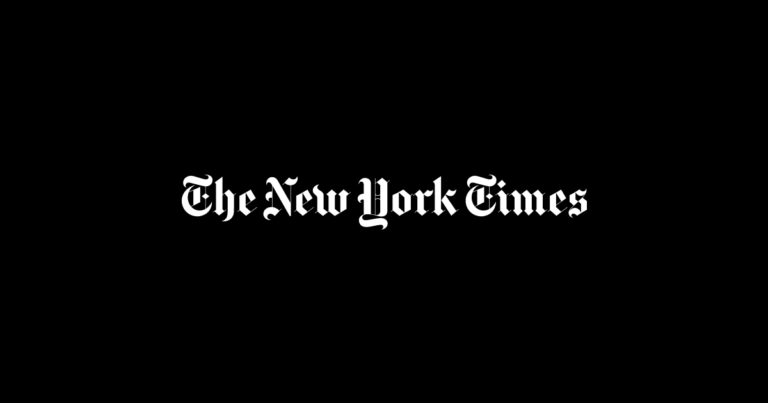When his camera stopped working on his iPhone recently, New Yorker Richard Medina didn’t waste any time. With the threat of tariff-fuelled price hikes on smartphones bearing down, he quickly called his phone company for a new one.
“I said, ‘We’ve got to switch this out now,'” the 43-year-old recalled. “Let’s take care of it.”
The move was a sign of the pressure rising across the US, where households are being buffeted by what could be staggering price rises, and even possible shortages triggered by the sweeping tariffs that US President Donald Trump announced this month.
Some are trying to stock up. Others say they feel paralysed by the changes, which have come quickly, or hope Trump will change his mind and reverse course – not an entirely unreasonable hope given the rapid changes in policy.
Cristina Montoya, a 74-year-old pensioner, has been buying extra canned food and frozen fruit, a little at a time for a few months, anxious about possible price increases.
“You never used to do your shopping nervous,” she said. “I feel like you have to buy a lot of things because you don’t know what’s going to happen.”
The dynamic has added to the tariff turmoil. Last week, as the measures came into effect, some businesses started introducing tariff surcharges, while others abruptly cancelled shipments from China, unwilling to risk being unable to recoup the cost of the duties.
Analysts say the pickup in consumer purchases is likely to prove temporary, or an acceleration of transactions that would have happened anyway. If price rises start to hit, many economists expect Americans to opt for cheaper substitutes, delay purchases, or simply do without – a pullback with major consequences for an economy driven by consumer spending.
Source link




